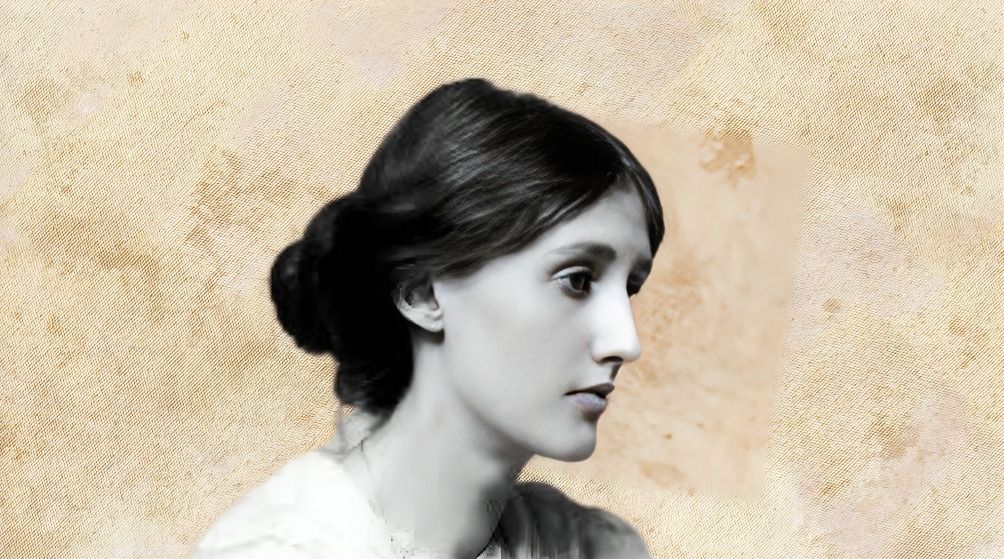
“
Virginia Woolf is celebrated as one of the most influential literary figures of the 20th century. Known for her pioneering works like Mrs. Dalloway and To the Lighthouse, Woolf redefined the novel with her unique narrative style and psychological depth. Beyond her literary achievements, Woolf was a trailblazer in feminist thought, questioning societal norms and advocating for women’s rights in works such as A Room of One’s Own. However, there’s much more to her story than her books. In this blog, we delve into 20 captivating facts about Virginia Woolf, shedding light on her personal life, creative process, and the struggles she faced. From her role in the Bloomsbury Group to her love of nature and her enduring influence on literature and feminism, these facts offer a deeper understanding of this extraordinary writer’s life and legacy.1
”
Virginia Woolf was homeschooled as a child, surrounded by an extensive home library, which nurtured her love for literature and helped her develop a lifelong passion for intellectual pursuits.1
As a key member of the Bloomsbury Group, Woolf collaborated with prominent artists, writers, and thinkers, profoundly influencing modern art and literature in early 20th-century London.2
Woolf’s stream-of-consciousness writing style in novels like Mrs. Dalloway redefined storytelling, offering readers an intimate look into her characters' thoughts and emotions.3

Her essay A Room of One's Own is a foundational feminist work, passionately advocating for women’s financial independence and creative freedom, emphasizing the importance of resources for achieving artistic and intellectual success.
Woolf maintained a literary rivalry with James Joyce, often critically comparing her experimental narrative techniques to his groundbreaking novel Ulysses, which she both admired and viewed with a degree of skepticism.4
She and her husband Leonard founded Hogarth Press, a revolutionary publishing house that not only printed her works but also introduced English readers to Freud’s theories and avant-garde literature.5
Woolf’s novel Orlando explored themes of gender identity and fluidity, inspired by her deep personal connection with Vita Sackville-West, who profoundly shaped the narrative and its unique protagonist.6
Her deep love for nature frequently surfaced in her writing, reflecting the serenity and inspiration she found in the countryside and near the sea at her Sussex home.7
Woolf’s relationship with Vita Sackville-West inspired Orlando, which many consider one of literature’s most imaginative and touching love letters, blending creativity and personal affection beautifully.8
Struggling with likely bipolar disorder, Woolf endured lifelong mental health challenges, which enriched her writings with profound emotional depth and authenticity, resonating with readers across generations.9
Childhood summers spent in St. Ives, Cornwall, inspired To the Lighthouse, a deeply personal novel reflecting her longing for maternal connection and cherished moments with her family.10

The fluidity and subjective nature of time were recurring themes in Woolf’s works, most notably in Mrs. Dalloway and The Waves, which revolutionized narrative structure in modern literature.
Virginia Woolf often crafted her first drafts sitting on the floor, meticulously rearranging pages to ensure her narratives achieved the perfect flow and structure she envisioned.11
Her pacifist stance is evident in her works, deeply influenced by the trauma of World War I, which shaped her critique of societal structures and human suffering.12
Woolf’s cherished dog, Pinka, gifted by Vita Sackville-West, became a beloved companion, providing comfort and moments of joy during some of her most challenging times.13
A fierce advocate for women’s education, Woolf believed access to higher learning was essential for achieving gender equality, creative freedom, and personal empowerment in a male-dominated world.14
Her lyrical prose, innovative style, and focus on character psychology established her as one of the 20th century’s most distinguished and celebrated literary figures.15

In 1941, Woolf tragically ended her life by drowning in the River Ouse, leaving behind a poignant farewell letter to her husband that reflected her enduring love and struggles.
Virginia Woolf’s literary legacy remains timeless, continuing to inspire feminist thought and modern literature with her groundbreaking artistry, emotional depth, and revolutionary ideas.16
She is honored with a memorial plaque in Poets’ Corner at Westminster Abbey, recognizing her remarkable influence on global literature and culture for generations to come.17


